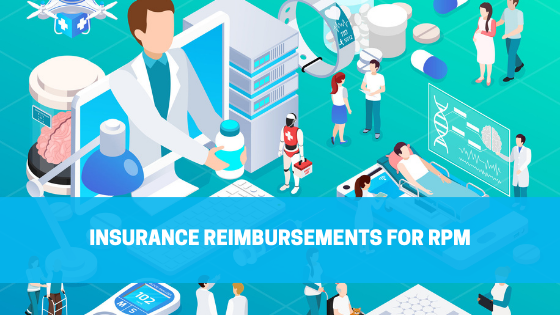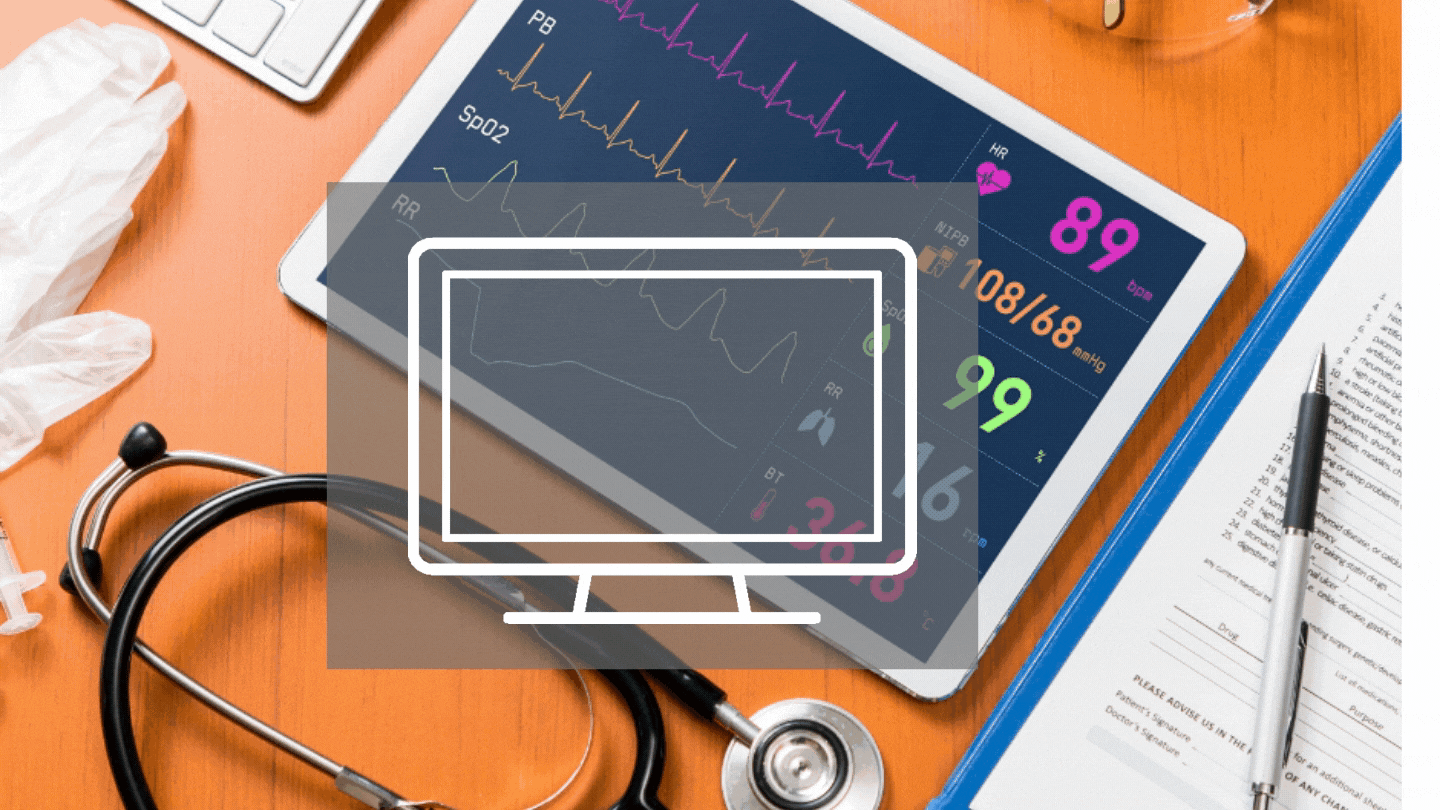The COVID-19 pandemic has encouraged healthcare organizations and physicians to adopt remote healthcare more readily — from telehealth visits to remote patient monitoring (RPM). The need to care for patients efficiently from their homes and to assess a potential serious health problem has ushered in the future of the industry. This improves patient outcomes and decreases morbidity and mortality. Reimbursement from commercial and government health insurers has made this shift financially possible for doctor’s offices and hospitals.
According to a new report by McKinsey & Company, remote patient care will account for about $250 billion (about 20%) of what Medicare, Medicaid and commercial insurers spend on outpatient, office and home health visits in the near future. Remote patient monitoring for chronic patients is part of this new, technological wave taking over healthcare to improve patient outcomes.
As far as actual figures, on average, CMS approved reimbursements of $120 per patient per month. Thinking bigger, if 50 patients are enrolled in an RPM program, a doctor’s office can generate $72,000 a year in revenue.
RPM devices track essential vital signs such as blood pressure, heart rate, blood glucose levels, oxygen saturation and temperature. There are also RPM devices for weight, patient activity, and sleep. The kinds of devices are expanding and becoming more comprehensive all the time. Their goal is for doctors to be able to regularly monitor patient vitals for signs of change and be able to intervene before a patient presents a symptom that would lead them to seek care. Our CEO, Charu Raheja, PhD explains the RPM model and how to make the process efficient for doctors in this webinar in our learning center.
Reimbursement for Remote Patient Monitoring
In 2017, The Centers for Medicare and Medicaid Services (CMS) published a two-year study on its Chronic Care Management program, which laid out how RPM saved Medicare millions of dollars, decreased hospital readmissions and increased patient education about their chronic ailment. These key goals make up a broad picture of value-based care.
CMS has been expanding their support for RPM quickly since the pandemic stirred up more interest in remote care projects. CPT Codes are available to help doctor offices make RPM programs profitable while also improving patient care. These codes provide a financial structure for physicians to be reimbursed for the time spent and the equipment used.
As far as actual figures, on average, CMS approved reimbursements of $120 per patient per month. Thinking bigger, if 50 patients are enrolled in an RPM program, a doctor’s office can generate $72,000 a year in revenue.
The Benefit for Providers and Hospitals
In addition to the increase in revenue from current patients, it is important to consider how RPM can affect your base of patients. Some statistics are eye-opening. Nearly 25% of people polled stated they would switch to a new physician to access telehealth. As remote care becomes the norm and patients begin to acclimate to new platforms, it’s worthwhile to consider if patients can be lost to practices who use RPM. 51% of patients are in some way uncomfortable with in-office visits, in addition to 42% feeling uncomfortable going to a hospital for any medical treatment, and 45% feeling uncomfortable using an urgent care or walk-in clinic.
There are even more cost-saving CPT codes which can maximize profits. There is a code for initial setup of the device and patient education. An additional code that can be billed each 30 days for supplying the device. 20 minutes or more of clinical staff time in a calendar month spent interacting or communicating with a patient is also reimbursed. Collection and interpretation of data brought in by the device and digitally stored or transmitted to a patient through the physician is another helpful CPT code.
Implementing Remote Patient Monitoring
Setting up a RPM platform is an investment towards the future. Undergoing this implementation with TriageLogic can be a painless and profitable undertaking. We strive to create an onboarding experience that is efficient with minimum provider time. For example, our nurses can educate patients, and non-clinical staff can keep track of the data from the devices, saving your staff valuable time. We can also help you create protocols and orders specific for each device.
We look forward to helping healthcare providers and organizations step into the future of patient care and take full advantage of the opportunities that this technology offers. To contact us and discuss how TriageLogic can help you with your remote patient care, click here.







